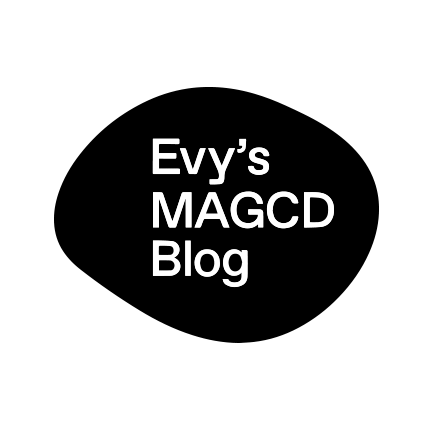Over the past two weeks, my exploration of the connection between dematerialisation and narrative construction has gradually become more focused. Through collaborative experiments around different types of narratives and mediums, I’ve concentrated on my interest in personal narratives and how they evolve in an era of continuous dematerialisation.
In the third week on my studio project, I engage with five individuals to explore anecdotes centred around the theme of ‘journey’ through iterative medial translation. For this experiment, we use WhatsApp as the medium or interface, allowing us to play with the potential for storytelling, while also contemplating the experience of sharing and preserving emotions and experiences in this manner. Each individual is presented with a set of questions that aim to uncover different layers of their anecdotes and explore the dematerialisation of personal narrative through medial translation.







How can systemic creation facilitate knowledge production through iterative medial translation?
In the current context, I believe dematerialisation affects how we see ourselves, what we say about ourselves, and how we understand others. Anecdotes are powerful because they are a narrative form which serves as a portal into someone’s identity, values and life story. They help us relate to each other at a deeper level. Anecdotes, as succinct and vivid snapshots of personal experience, are a powerful manifestation of the broader concept of personal narratives. They distill a moment in time, often infused with emotion and context, providing a tangible entry point into an individual’s larger life story. In this way, anecdotes function as microcosms of personal narratives, offering a glimpse into the intricate tapestry of experiences that shape a person’s identity, values, and perspectives.
The shift towards dematerialisation is changing how we engage with anecdotes as personal narratives. We’re moving away from the traditional face-to-face storytelling towards a digital landscape where anecdotes find their way through dematerialised interfaces.
This change has some big implications. Anecdotes can now travel globally and stay archived indefinitely, which is a world apart from the way verbal anecdotes rely on memory and have a more limited reach. Also, contrasting with the original meaning an intention behind anecdotes as non-published, personal accounts.
On the other hand, dematerialisation brings in new elements for anecdotes. Now, we can incorporate mixed media like images, videos, and interactive features, which adds a new layer to storytelling that was not directly available in the past. There’s also room for interaction and engagement with anecdotes. We get comments, likes, shares, and even counter-anecdotes. This dynamic interactivity is transforming how we experience and share anecdotes, and the way our lived memory shapes our identity.






What’s working well?
– Wide range of research helps you get to know more about your interetst. I can clearly see how you get to the final practice.
– The different form of media and the publication works really well. Beautiful binding. Regarding your enquiry it seems open-ended. The collaborative approach works really well (applying the same rules for diffrent people)
– I think combining the stories in a single bound object with different paper colour and size works better than having different physically unlinked objects. (On separate note: I personally love the holographic foil of the cover)
What’s not working?
– I think printing all the visual output in black and white gives this publication a great deal of narrative, but at the same time reduces the colour effect of some of these stories.
– I see the practice of the third week showcase subjective experience in different mediums, but it didn’t seem to have strong connection to your enquiry. It would be helpful if there are more story about people from different background.
– The line of enquiry is very intersting yet feels still a little fuzzy? Which subject matter is most important to you?
– Unsure it comes clear enough / self-explanatory by itself. Maybe consider what you want the audience to get from looking at your project – otherwise it’s open to interpretation. Perhaps adding a how to read this object could be beneficial?
To develop this further…
– I think it’s possible to continue to build on and explore more traditional anecdotes and incorporate more stories from strangers.
– Stronger evidence of your research about the experiences, which could evoke audience’s empathy
– Are you working on a collective memory? a public or personal story? do you want to work with social media/technology and how that effects our behaviour/sentiment towards a person?
– Anecdotes to my understanding are stories said to illustrate a personal experience. Storytelling with a purpose: educational, humorous, etc. Anecdotes are from real life (memories), perhaps you could collect anecdotes from people around a subject to express in different mediums rather than having a fiction and real memories expressed.
Final thoughts –
What I would really like to get out of this process is having created my own research methodology which can be applied to exploring multiple subjects visually, but which has the rigour and the depth required to propose new kinds of outcome in graphic communication design. I would like to engage in a methodology which not only works in the academic realm but can also be translated to the commercial realm. Maybe the anecdote itself is not the goal of my project but a research tool?
I think the layer which has been added through these series of studio projects, is the need to add an external element to my visual research through participation and wider interpretation. By formulating these exercises where I prompt people to visually interrogate their memories in order to narrate anecdotes, I’m expanding the possibilities within my methodology. Having this sort of participatory research could prove really useful if I manage to catalyse it as per of a wider systematic process.

